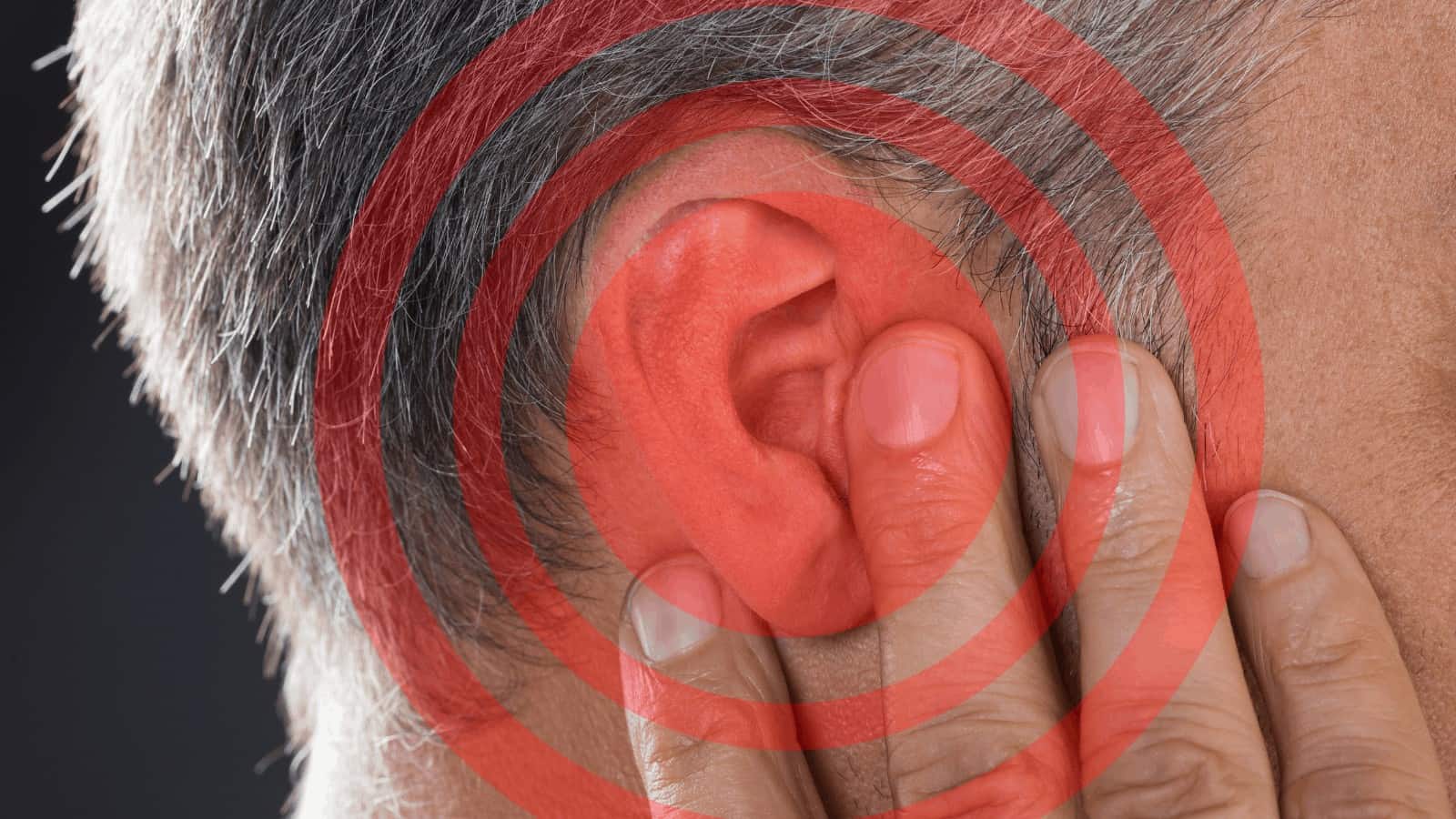Japanese scientists have uncovered how the human body can act as a transmission medium for binaural hearing aids. The researchers say that as society ages, wireless body area networks (WBANs) will enhance the quality of life for the elderly. One type of WBAN technology, called human body communication (HBC), utilizes the human body as a medium for electromagnetic signals. Since wearable technologies have exploded in popularity, scientists wanted to study making head-worn devices such as hearing aids safer.
About binaural hearing aids
Unlike ordinary hearing aids that amplify sound, newer hearing aids are connected via a radio signal. Since binaural hearing aids combine signals from both ears, it makes hearing much more natural for the user. The auditory center in the brain filters speech from sound, helping to block out background noise. This helps improve speech intelligibility, even in very noisy environments.
We often take our wireless, portable devices for granted since most don’t know life without them. Every year, scientists continue to innovate, making these devices smaller and more efficient. In the coming years, researchers believe that most new electronics will utilize wearable technology. However, for wearables to surpass portables, scientists will have to redesign how devices communicate with each other.
That’s the purpose of the Japanese study – figuring out how to master HBC to improve the functionality of devices such as binaural hearing aids. For portable devices, an antenna radiates signals into the surrounding area while trying to find a receiver. However, this won’t work for wearables since this transmission method uses a lot of energy and poses cybersecurity concerns. Plus, the human body is an obstacle since it absorbs electromagnetic radiation and blocks signals.
 So, how does the human body allow wearables like binaural hearing aids to work?
So, how does the human body allow wearables like binaural hearing aids to work?
Scientists had to get creative since the usual method of connecting portable devices to a wireless signal doesn’t work for wearables. The Japanese team investigated HBC, which uses the body as a transmission medium for wireless signals. Basically, we’re all comprised of energy and have electrical fields within our bodies. This immense energy can power devices such as binaural hearing aids.
The scientists say that the electric fields can communicate with each other by interfacing skin-worn devices with electrodes. This method uses lower frequencies than those used in other wireless technologies like Bluetooth. However, since research on HBC began over two decades ago, they did not test it on a large scale. So, to understand the possibilities of HBC, Japanese researchers focused their study on binaural hearing aids.
The team included Dr. Dairoku Muramatsu from Tokyo University of Science and Professor Ken Sasaki from The University of Tokyo. Their study marks the first to investigate how HBC can power binaural hearing aids. These devices come in pairs (one for each ear), enhancing audibility and sound localization for the user. The hearing aids send signals back and forth to adapt to the nearby sound field. Since the hearing aids go directly on the skin, they’re a perfect application for HBC.
The study showing how HBC powers binaural hearing aids
The study, published in the journal Electronics, shows how electric fields emitted from electrodes in each ear communicate. The investigators performed numerous simulations showing how the brain itself acts as a transmission medium. Energy from the electrode in one ear distributes in the brain and reaches the receiving electrode in the other ear.
After discovering how the process works, scientists wanted to know if this technology could work in a digital communication system. In fact, a previous study on HBC by the Japanese team involved real human subjects and was also published in Electronics.
For this current study, researchers used human-body models of varying complexity to ensure accurate results. Then, they began their investigation on how HBC would work in regards to binaural hearing aids.
Dr. Muramatsu describes the process: “We calculated the input impedance characteristics of the transceiver electrodes, the transmission characteristics between transceivers, and the electric field distributions in and around the head. In this way, we clarified the transmission mechanisms of the proposed HBC system.”
Using these results, they determined which electrode structure performed best among the ones tested. During the investigation, they also calculated electromagnetic levels emitted by the technology. Thankfully, the levels measured were within the acceptable range set by modern safety standards.
The future of human body communication technologies
In summary, this study shows the versatility and potential of HBC technology. Not only can it apply to binaural hearing aids, but it can also potentially power other head-worn wireless devices. For example, if manufacturers of wireless earphones implemented HBC, it would increase functionality while reducing energy needs. It’s also important to remember that radio waves used in HBC weaken quickly outside the body. Because of this, people in a shared space could use the technology simultaneously without interference.
It seems that in the future, we’ll likely have enhanced methods of communication using HBC technology. It would apply to any device worn directly on the skin, such as hearing aids, earplugs, and even jewelry! Sometimes, it’s hard to keep up with the continuous advancements we’re making with technology. The world certainly looks vastly different than it did just 20 years ago, but in some ways, that’s probably a good thing.
“With our results, we have made great progress towards reliable, low-power communication systems that are not limited to hearing aids but also applicable to other head-mounted wearable devices. Not just this, accessories such as earrings and piercings could also be used to create new communication systems,” concludes Dr. Muramatsu.
 Final thoughts on the Japanese study showing how to improve binaural hearing aids
Final thoughts on the Japanese study showing how to improve binaural hearing aids
In the future, most devices will probably transition from being portable to solely wearable. This will require new technologies that don’t rely on typical wireless transmission methods. Japanese scientists concluded that devices like binaural hearing aids could be safely powered using HBC technology. This involves utilizing the human body as a transmission medium for signals emitted by head-worn electronics.




















